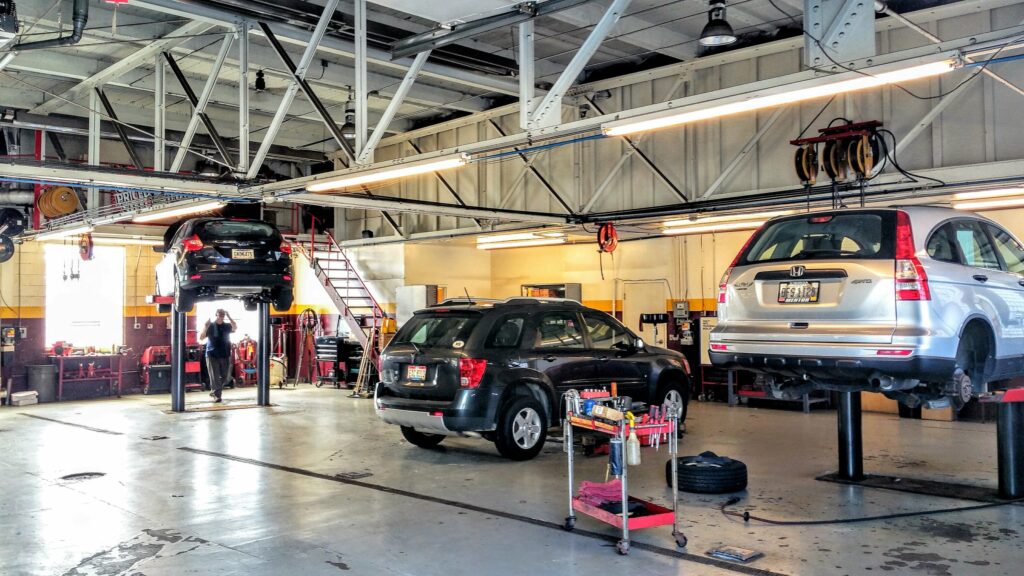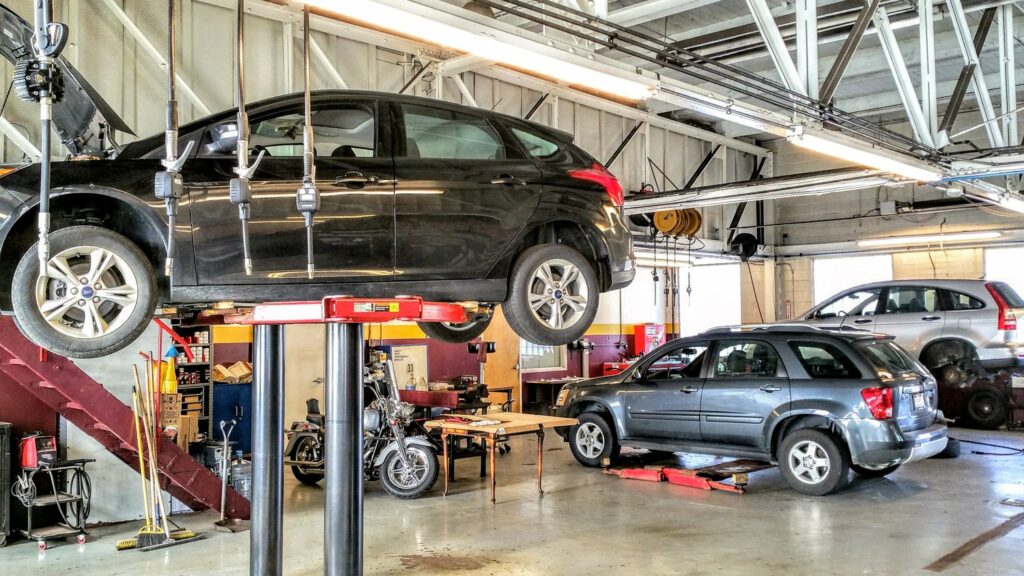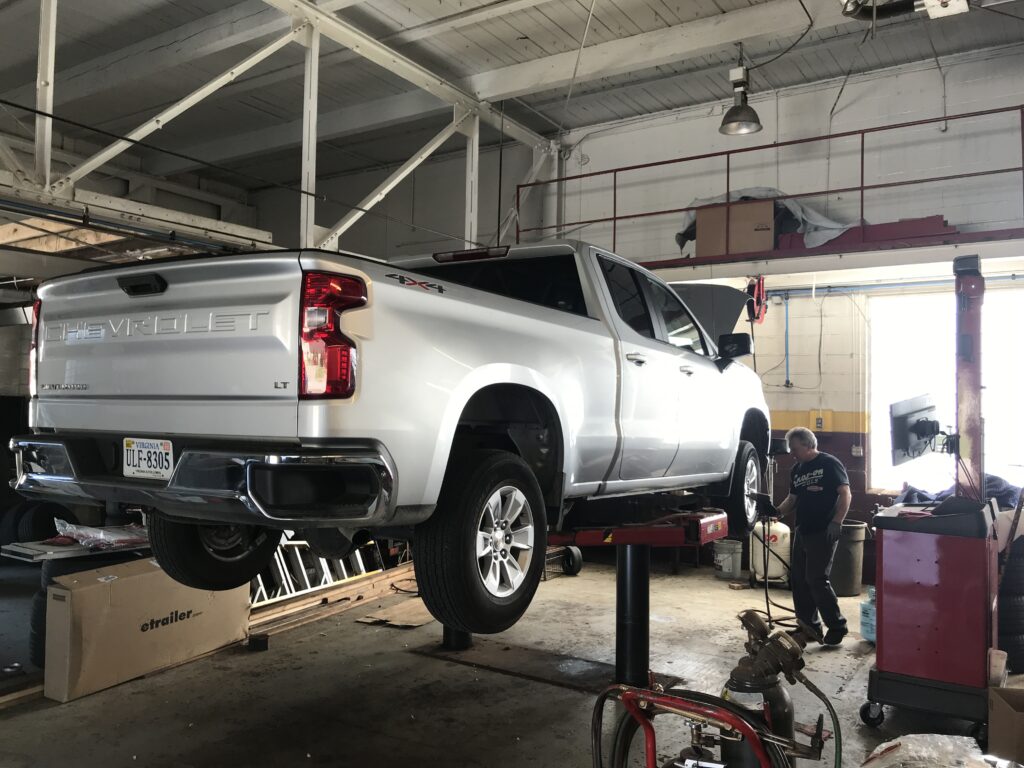In the complex and interconnected world of modern automobiles, dashboard lights and warning messages can sometimes leave drivers perplexed. One such message that may cause concern is “Service Brake Assist.” What does service brake assist mean? What does it mean, and how does it impact your driving experience? In this comprehensive guide, we’ll unravel the intricacies of Service Brake Assist, exploring its function, the potential reasons for its activation, and why paying attention to this message is crucial for both safety and vehicle maintenance.

Understanding Brake Assist: A Primer
Before delving into the specifics of “Service Brake Assist,” it’s beneficial to grasp the fundamental concept of Brake Assist itself. Brake Assist is a safety feature designed to enhance braking performance during emergency situations. In essence, it detects the speed and force with which a driver depresses the brake pedal. If the system determines that the driver is attempting an emergency stop, it automatically boosts braking power, helping to achieve maximum stopping force more quickly than a standard brake application.
The primary goal of Brake Assist is to address a common human tendency: in emergency situations, drivers may not apply sufficient force to the brake pedal to achieve the shortest possible stopping distance. Brake Assist bridges this gap by providing additional brake force when it detects an abrupt and forceful application of the brake pedal.

The Role of Service Brake Assist Warning
Now, let’s shift our focus to the “Service Brake Assist” warning that may illuminate on your vehicle’s dashboard. Unlike the standard “Brake Assist” message that signals the system is actively assisting during an emergency stop, the “Service Brake Assist” warning indicates a potential issue or malfunction within the Brake Assist system.
When this warning message appears, it’s the vehicle’s way of communicating that the Brake Assist system requires attention or servicing. Ignoring this message can have implications for both safety and the overall functionality of the braking system.

Possible Reasons for “Service Brake Assist” Activation
Several factors can contribute to the activation of the “Service Brake Assist” warning. While the specific cause may vary based on the vehicle make and model, common reasons include:
1. Sensor Malfunction:
Brake Assist relies on sensors to detect the speed and force applied to the brake pedal. A malfunctioning sensor can lead to inaccurate readings, triggering the “Service Brake Assist” warning.
2. Faulty Brake Assist Module:
The Brake Assist system has a dedicated control module. A malfunction or failure in this module can result in the activation of the warning message.
3. Low Brake Fluid Levels:
Adequate brake fluid levels are essential for the proper functioning of the braking system. If the fluid is low, it can impact the Brake Assist system, prompting the warning.
4. Brake System Issues:
Problems within the broader brake system, such as worn brake pads, damaged rotors, or issues with the anti-lock braking system (ABS), can trigger the “Service Brake Assist” warning.
5. Electrical Issues:
Given the integration of electronic components in modern vehicles, electrical issues, such as wiring problems or a failing battery, can affect the Brake Assist system.

Safety Implications and Driving with “Service Brake Assist” Warning
The activation of the “Service Brake Assist” warning does not mean an immediate loss of braking function. However, it does indicate that the Brake Assist system, a crucial safety feature, may not operate optimally in emergency braking situations. While you can continue to drive with the warning illuminated, it is advisable to address the issue promptly to ensure the vehicle’s safety features are fully operational.
When the “Service Brake Assist” warning is on, it is essential to modify your driving behavior accordingly:
1. Increase Following Distance:
With a potential reduction in emergency braking assistance, maintaining a greater following distance from the vehicle in front provides an extra safety margin.
2. Be Cautious in Emergency Situations:
Knowing that the Brake Assist system may not be fully operational, exercise extra caution in emergency braking scenarios. Apply consistent and firm pressure to the brake pedal to maximize stopping power.
3. Seek Professional Inspection:
While you can continue to drive, scheduling a professional inspection is paramount. A qualified technician can diagnose the issue, address any underlying problems, and reset the “Service Brake Assist” warning.

Diagnosing and Resolving “Service Brake Assist” Issues
Resolving issues related to the “Service Brake Assist” warning requires a systematic approach. Here are the general steps that a professional technician may take:
1. Diagnostic Scanning:
The vehicle’s onboard diagnostics system is scanned to retrieve error codes associated with the Brake Assist system. These codes provide insights into the specific nature of the issue.
2. Sensor and Component Inspection:
A thorough inspection of sensors, the Brake Assist module, and related components is conducted to identify any malfunctions, damaged wiring, or loose connections.
3. Brake Fluid Check:
Brake fluid levels are checked to ensure they meet the manufacturer’s specifications. If levels are low, it may indicate a leak or another issue that needs addressing.
4. System Reset:
In some cases, resetting the Brake Assist system may resolve minor issues. This is typically done after addressing the root cause of the problem.
5. Road Test:
After repairs or adjustments are made, a road test is often conducted to verify that the Brake Assist system functions as intended in real-world driving conditions.
6. Clearing Error Codes:
Once the issue is resolved, error codes are cleared from the vehicle’s system, and the “Service Brake Assist” warning is reset.

Preventive Maintenance for Brake Assist System
To mitigate the likelihood of the “Service Brake Assist” warning, incorporating preventive maintenance practices is crucial:
1. Regular Brake Inspections:
Schedule routine brake inspections to identify and address issues before they escalate. This includes checking brake pads, rotors, and the overall condition of the braking system.
2. Fluid Checks:
Regularly check brake fluid levels and adhere to the manufacturer’s recommendations for fluid replacement. Maintaining proper fluid levels is essential for the optimal function of the Brake Assist system.
3. Battery Health:
Given the reliance on electronic components, ensuring the vehicle’s battery is in good condition can prevent electrical issues that may impact the Brake Assist system.
4. Timely Repairs:
Address any issues promptly. If you notice changes in braking performance or receive warning messages, seek professional assistance to diagnose and resolve the problem.

In Conclusion: A Cautionary Beacon
In the intricate dance of technology and safety features within modern vehicles, the “Service Brake Assist” warning serves as a cautionary beacon. It signals not just a potential issue with the Brake Assist system but also underscores the interconnected nature of various vehicle components. Ignoring this warning can compromise both safety and the overall functionality of your vehicle.
Drivers are urged to approach the “Service Brake Assist” warning with diligence, seeking professional inspection and repairs promptly. In doing so, they not only ensure the optimal performance of their vehicle’s safety features but also contribute to a safer driving experience for themselves and others on the road. Brake Assist, a guardian in emergency braking situations, deserves our attention and care to fulfill its critical role in enhancing vehicle safety.




Hi, this is a comment.
To get started with moderating, editing, and deleting comments, please visit the Comments screen in the dashboard.
Commenter avatars come from Gravatar.